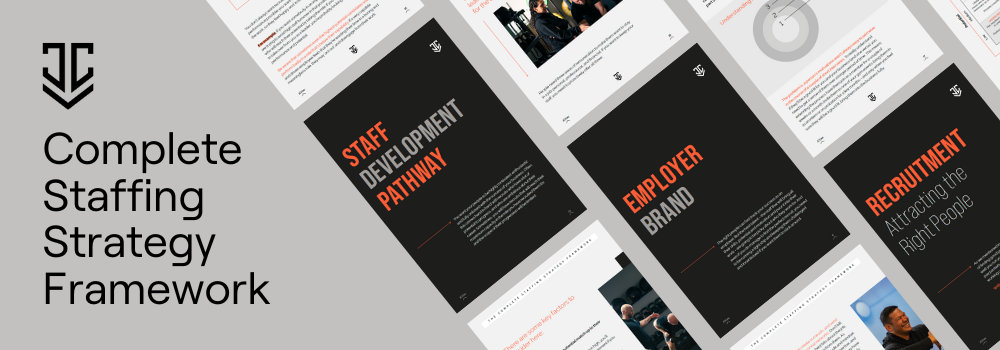Trust, confidence, collaboration, and inspiration – all necessary qualities for your team to work together effectively.
Without psychological safety, none of these states can exist.
Psychological safety is about how people feel at work. If it’s high, then people feel OK making a contribution – they’re not scared of feeling ignorant, incompetent, negative, or disruptive. Taking risks is part of the team culture. Staff feel confident that no one on the team will embarrass or punish them for asking a question, offering a new idea, or admitting a mistake.
All of this leads to a team who know and trust each other, communicate, and can pull together towards a goal. It substantially contributes to team effectiveness, learning, employee retention, and – most critically – better decisions and better performance.
Here’s how to build psychological safety for your team.
Transparency
Get everyone singing from the same song sheet by establishing goals, boundaries, and expectations clearly. When people know what ‘good’ looks like, they’ll feel more comfortable working together and doing what it takes to attain that.
Example:
You write a job description for every staff member that lists their responsibilities, and ask if they have any questions about what their role involves. If one of your staff isn’t meeting their objectives, you can initiate a conversation with the job description as the starting point.
Feedback
Clear communication is the foundation for psychological safety. Being in a constant state of uncertainty is very stressful, and it’ll push your staff to shut down because they don’t know whether they’re doing well or not. Have both informal and formal systems of evaluation and feedback – get the details on those here. Think less blame, more curiosity if someone isn’t performing as you’d hoped.
Example:
Brian’s been working for the business for five months and you haven’t sat him down and had a conversation about his performance – after all, he’s doing OK so why bother? But he’s feeling increasingly unappreciated for the efforts he does put in, and worried about his job security because you don’t let him know he’s doing well. Because you don’t start these conversations with him, he feels like talking about his performance isn’t an acceptable part of the company culture. A couple of months later, he leaves to work elsewhere.
Role modelling
If there’s a mismatch between what you say and what you do, trust will be massively undermined.
Example:
You make it clear when new staff join that punctuality is really important. But you’re unavoidably late for a staff meeting because you’re dealing with a client issue. When you come in, you acknowledge that you’ve broken your own rule and explain why.
A few weeks later, a senior member of your staff is late for the same meeting and explains why – it’s a valid reason.
The following week, one of your junior staff rocks up late because he’s chatting to clients – he doesn’t apologise and just sits down as if there’s nothing wrong. You don’t even need to open your mouth – one of the other members of staff challenges him on his lax attitude and disrespect for the team. You back them up by reiterating that punctuality is important.
Community
Allow space for connections to form in the team, outside of the day-to-day rush.
Example:
You take your staff with you to a professional development event. This shows trust in them, investment in them as assets of the business, and gives them and you the opportunity to chat and connect outside of the business setting.
Curiosity and conflict
Actively and openly encourage your staff to be questioning about the way things are done. Welcome suggestions and contributions, even if you don’t immediately agree with them (there’s a right time and place for this – team meetings for example – NOT in front of clients).
Example:
You want to make changes to an integral business process, and let your staff know in the team meeting. You can see that your number two has something to say but doesn’t come forward, so you invite her to share her opinion. She does, and you don’t agree. But you open up the discussion to the rest of the team, asking each of them to give their take on the issue. You end up reaching a solution that’s a combination of a couple of people’s contributions – and the team feel more able to speak out next time.
Radical Candour
This approach to giving feedback is powerful on many levels, and helps enormously in creating authentic communication that leads to psychological safety. Radical candour gives us a way of communicating that’s both direct and effective. It allows you as a leader to help your employees (and others) see and process some difficult truths – and does so in a way that role-models effective communication as a leader. More on this in an upcoming blog.
Need some structure for your staffing approach?

